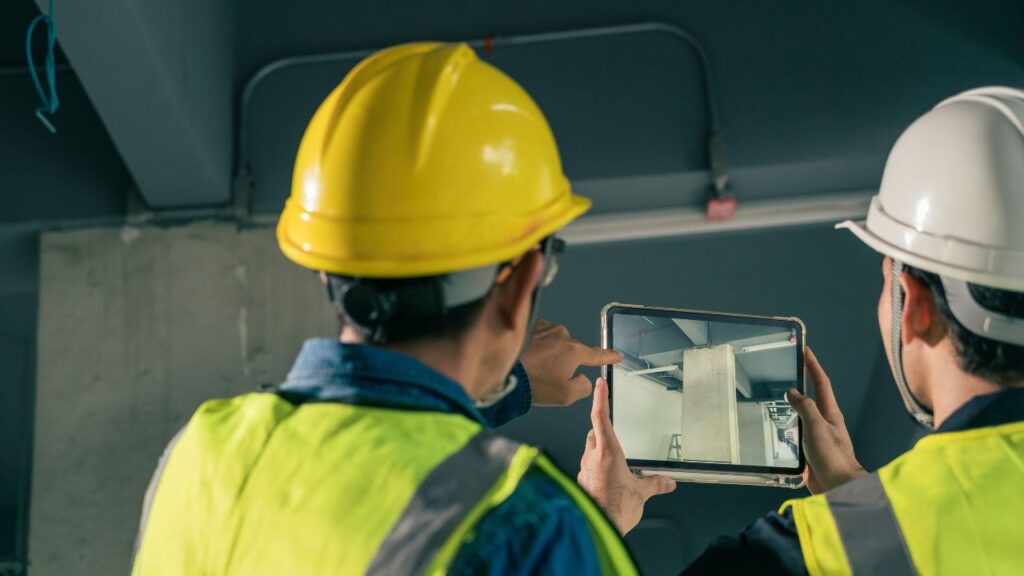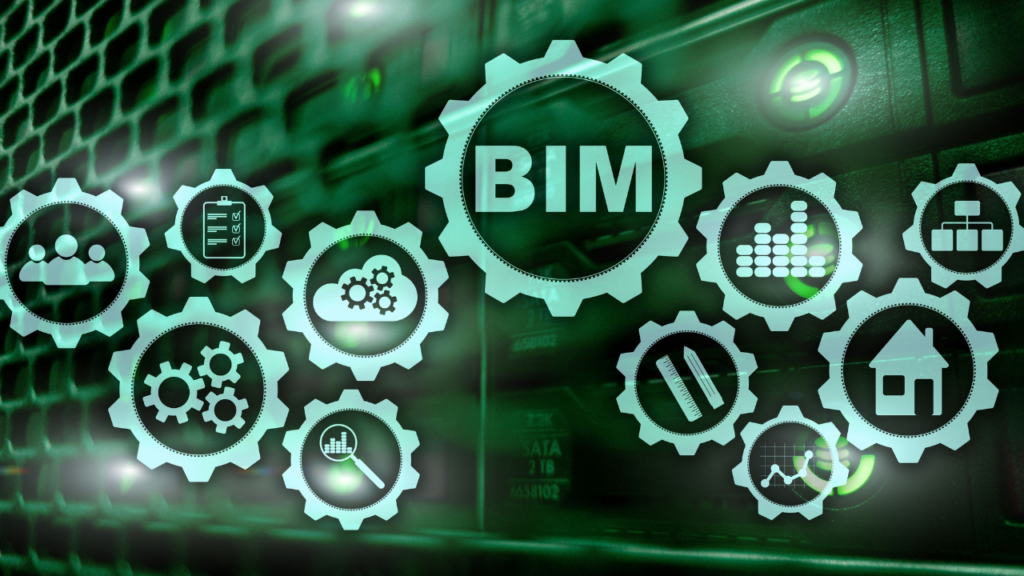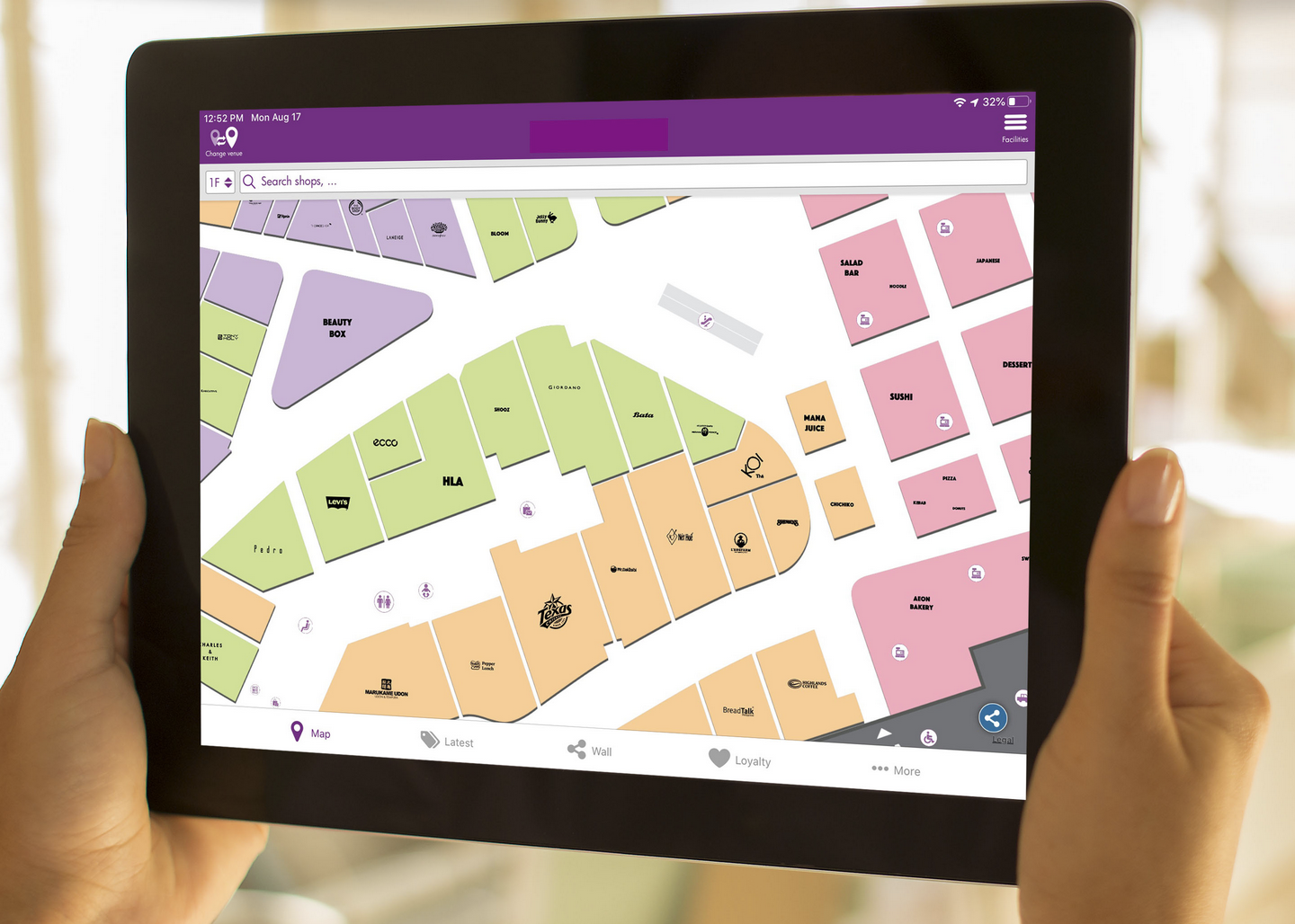How BIM Transforms Facility Management for a Sustainable Future
Lindsey Walker, NEXGEN
Posted 2/25/2025
Facility Management (FM) plays a crucial role in ensuring that buildings function optimally every day. It involves coordinating various processes, technologies, personnel, and systems to maintain and enhance the life of a structure. In today’s world, where efficiency and sustainability are not just trends but requirements, adopting advanced technologies is vital.
Thus, Building Information Modeling (BIM) stands out as a game-changer in architecture and construction. BIM enhances facility management in many ways. This digital tool revolutionizes how projects are designed, built, and managed.
This article delves into the transformative effects of BIM on facility management, spotlighting its advantages and other critical aspects.
What is BIM for Facility Management?
BIM is a powerful 3D modelling technology that creates detailed digital representations of buildings and their features. These technology models enable you, as a facility manager, to visually access crucial building systems—like plumbing, HVAC, and electrical setups—that are typically concealed within walls and ceilings.
By utilizing BIM for FM, you can examine these systems more comprehensively. Isolating them allows for an easier understanding of their arrangements and interactions.
Moreover, the recent integration of on-site sensors with BIM has transformed facility management by providing real-time data directly to your central software system. This advancement equips you with vital insights regarding how systems are performing over time, enabling proactive maintenance decisions that enhance operational efficiency.

What are the Benefits of Implementing BIM in Facility Management?
Embracing this innovative approach not only streamlines management processes but also ensures your facilities run smoothly overall in the following ways:
- Better Maintenance Planning
With BIM, maintenance planning no longer revolves around guesswork. The comprehensive digital model encapsulates essential information about every aspect of a building’s infrastructure. Here’s how BIM enhances maintenance planning.
- Comprehensive Asset Register
BIM provides facility managers with an access point to a holistic asset register containing detailed information about all equipment and systems installed within a facility. For every asset you have at your fingertips:
- Maintenance and Repair History
- Manufacturer specifications
- Operational manuals
- Warranty details
By having such data readily accessible, you can create a preventive maintenance schedule that minimizes downtime while enhancing system reliability.
- Predictive Maintenance
Predictive maintenance employs advanced data analytics to predict equipment failures before they occur. The BIM model, linked with Internet of Things (IoT) sensors, aids in real-time monitoring, allowing you to identify potential issues. For instance, if your chiller unit shows an unexpected rise in operating temperature, this data is crucial for timely repairs.
- Lifecycle Management
Lifecycle management is about optimizing a building’s performance from design through to demolition. BIM significantly influences lifecycle performance management in several ways.
- Effective Inventory Management
Integrating BIM with FM systems ensures that inventory levels of maintenance supplies are monitored in real-time. Therefore, you can efficiently manage assets, cutting down on surplus inventory.
- Real-time Data Integration
Data, when amassed in real-time, becomes a powerful tool for facility managers. Asset management with BIM enables you to utilize real-time updates of building performance, energy consumption, and maintenance statuses. This way, you can make informed decisions that support sustainability goals.
- Better Space Management
A well-managed space doesn’t merely optimize aesthetics but has a palpable impact on user experience and operational efficiency.
- Space Utilization Analysis
By examining various usage patterns through built-in analytical tools, you can identify underutilized spaces, enabling smarter reallocation or modification of areas without incurring additional costs.
- Improved Planning for Future Projects
With insights gained from data analysis, space planning becomes proactive rather than reactive. You can anticipate the growing needs of your facility and prepare modifications or expansions before capacity hits a critical limit.
- Better Communication
Effective communication between team members, stakeholders, and other parties involved in FM is the cornerstone of successful management.
- Collaborative Environments
BIM allows for a shared digital environment that fosters collaboration among team members at various levels. By enabling all parties—engineers, managers, and maintenance staff—to access synchronized and up-to-date information, you enhance operational coherence.
- Efficient Energy Usage
One of the most pressing concerns in facility management today is energy consumption. BIM systems allow you to examine building orientation and envelope leakage, revealing insights on where to decrease energy costs.
Moreover, the BIM data you adapt to use in your facility management software solution includes a complete asset register, a list of all the assets and equipment in the facility with all their maintenance and repair histories, schematics, and OEM manuals. With this kind of record at your disposal, reducing energy costs transitions from a hope to a tangible reality.

Implementation of BIM for Effective Preventive Maintenance and Asset Management
The role of BIM in facility management is not limited to providing regular insights to the stakeholders. It also has a revolutionizing effect on preventive maintenance and asset management practices in the following ways:
- Asset Tracking
By utilizing BIM for precise asset tracking, you can ensure visibility on the location and condition of all equipment throughout your facility. Whether you are managing HVAC systems or lighting fixtures, awareness of an asset’s status can significantly improve accountability.
- Predictive Maintenance and Analytics
Combining predictive analytics with BIM aids in identifying potential failures. For example, if vibration data from pumps indicates a performance dip, proactive action can be taken to repair or replace the equipment, preventing operational upheaval.
- Inventory Management Techniques
Streamlining your inventory management to ensure that you always have the right parts on hand is essential. BIM can help by predicting usage rates and supplies that are needed, thus preventing overstocking or stockouts.
- Coordinated Maintenance Activities
BIM facilitates synchronized maintenance activities across departments. Effective planning minimizes disruption, ensuring maintenance work doesn’t interfere with daily operations – and improving overall productivity.
How Does BIM-Driven Preventive Maintenance Schedules Work?
Facility management relies heavily on preventive maintenance, sometimes accounting for more than half of the annual costs. By refining your preventive maintenance approach, you save money and enhance the durability of building systems.
Leveraging BIM data alongside warranty details and service recommendations allows you to schedule tasks effectively targeting repairs or replacements at just the right time.
Once you’ve completed these tasks, BIM continues to enrich its digital model with new information over time, ensuring that your maintenance schedules become increasingly efficient and cost-effective in managing facility upkeep.

How Does BIM Enables You to Make Data-driven Decisions?
As a facility manager, the data your building produces is crucial in guiding your decisions regarding schedules, maintenance, and asset replacements. The quantity of information you gather significantly influences these choices.
Asset management with BIM goes beyond mere data collection. BIM systems assist in organizing and contextualizing the collected data for practical application. With real-time insights from your facility, you can generate detailed reports on cost analysis, assess asset health, identify hazards, estimate asset lifespan, evaluate energy efficiency, and project budgets effectively.
By analyzing these comprehensive reports derived from solid data sources under BIM frameworks—decisions become clearer and more beneficial for both the building’s upkeep and its occupants’ well-being.
So, are you ready to explore the transformative benefits of BIM for facility management? Embrace this technology and discover a pathway toward more substantial energy savings and enhanced operational efficiency. This evolution enhances your approach from simply reacting to challenges towards adopting proactive strategies.
Instead of managing isolated systems, you can now foster interconnected networks, prioritizing long-term performance and sustainability over temporary fixes. As facility managers and building owners, you are at the forefront of this digital revolution.
With powerful tools available to you and significant opportunities ahead, you must steer your facilities into an efficient and sustainable future by leveraging advanced BIM technologies. Your journey to streamlined facility management has only just begun, and there’s so much more to discover!

Lindsey Walker
Lindsey Walker is the marketing manager for NEXGEN, a Sacramento-based industry leader in designing advanced computerized maintenance management systems and asset management software tools for utilities, facilities, public works, manufacturing, and fleet industries. In her free time, Lindsey enjoys traveling and reading, which allows her to gain new perspectives and inspiration for her work. She is committed to creating content that connects well with her readers, enhancing their digital experiences.
Related Articles

Engineered Building Maintenance

Achieving "Near Zero" Refrigerant Emissions in HVAC Systems

HVAC Attack - How to Select the Right HVAC Filter for the Job

How Building Managers Can Save On Energy Purchasing Through Changing Paradigms

What Is Facilities Management? Challenges, Solutions, & More

How a Platform Approach Can Transform Your Building Operations




